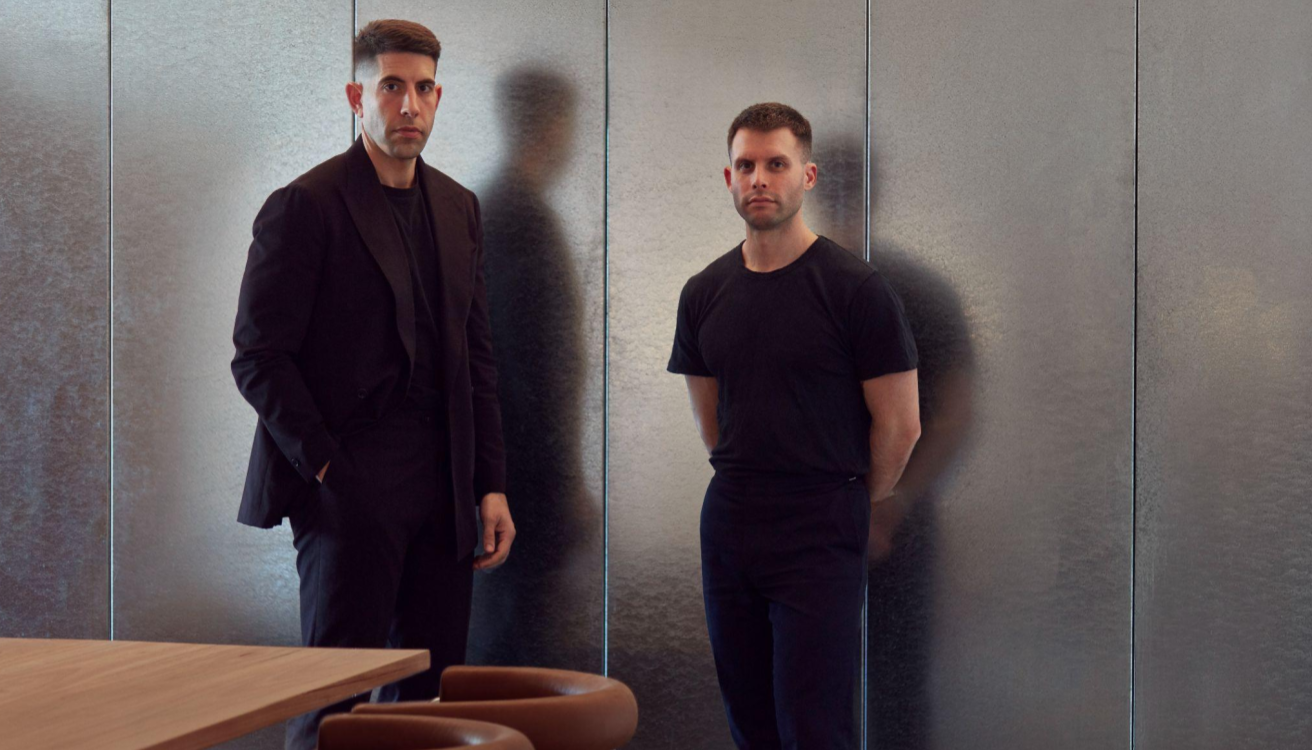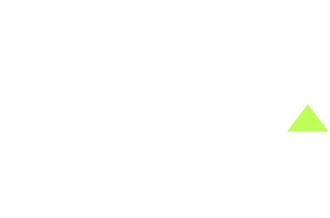
GILAD RITZ
As one half of the award-winning architecture firm, RITZ&GHOUGASSIAN, Gil Ritz relishes the opportunity to transform spaces into layered environments designed around the user experience. Having collaborated with UPco on several projects, Gil is someone we very much enjoy working with – and he was kind enough to take the time to talk a bit about his work, philosophy and goals.

How did you find your way to architecture, Gil?
After school, I wasn’t too sure what I wanted to do, so I started a combined Commerce & Engineering degree. After a year or so, I really wasn’t loving it! But I wanted to see it through, so stuck it out to complete the Commerce part. My interest in fine art and the built form had been growing during this time, and it dawned on me that architecture was what I really wanted to study. It just seemed to fit well with the way I think.
Fortunately, at this time, Melbourne University had just started to offer a master’s degree in Architecture, which meant I wouldn’t have to start from scratch. You could come from another discipline and build on studies you’d already done. Instead of five years of study, you’d do a year of design, then three years of the master’s program. I thoroughly enjoyed it, and everyone I studied alongside was very focused and interested. I found that both sides of my brain were really activated by the work.
While I was studying, I took every opportunity to do internships and part time work – I knew it would drastically improve my chances of getting a job at the end of my degree. In my final year, I had the chance to do a two-week stint at Woods Bagot. This led to a casual job while I finished up my studies, and when I graduated, they took me on full time.
What led to you establish your own practice?
My time at Woods Bagot really helped me get the knack for commercial architecture, particularly multi-storey residential developments. And after a couple of years, I succeeded in getting registered. From there, I went to a smaller office to get some different experience, particularly on single residential type projects. Along the way, I’d met my now-business partner, Jean-Paul… and the decision to set up our own business felt quite natural. We already had a number of projects lined up – some cafés and a couple of residential projects. Things just flowed from there.
Have things changed much since then?
We set up the practice in 2015, and we had a lot of interior work back then. There were some pretty incredible budgets for hospitality spaces – we’re talking a million dollars for a café. You can turn that type of job over pretty quickly, so we were able to do quite a lot. Of course, things change over time – the Covid pandemic triggered a lot of residential enquiries as people started to see their homes in a new light. Now, we find it’s especially important to deliver certainty; we need to ensure that designs can be constructed within budget, so we spend a lot of time finetuning the details.
And what about your connection to UPco – how did that come about?
I first crossed paths with James Goulding when I was at Woods Bagot, so there’s quite a bit of history there. We enjoy working with the team, especially on projects that are on the complex side. There’s a wealth of knowledge in the UPco office and I like being able to call them to pose questions or seek advice – it makes the process much more collaborative. On some projects, there will be constant communication between our team and a council, which is all managed through UPco. I also like that they’re constantly reviewing other planning applications with various councils, so they know what outcomes are being approved and can push for what’s comparable on our projects.
Any projects in progress that you’re excited about?
We recently worked with UPco on a residential project at 22 Creswick Street, Hawthorn, which was quite an interesting and complex one. It’s a site that slopes down from the street, and is adjacent to a park that backs on to the Yarra River – so quite a special location. On top of that, the clients had some specific requirements, such as having the car parking hidden away so it couldn’t be easily seen. Planning-wise, things were especially complicated because we needed two separate applications: a planning application and a report and consent application. As a result, we needed to engage with two entirely separate departments within the City of Boroondara. There were a lot of people involved (including a consulting urban designer and Council’s own urban designer) and a lot of back and forth.
While the process was long and exhausting, we ended up getting an amazing outcome. The building, which will be a home for our clients, is a three-storey rammed earth building with an outdoor swimming pool. The main living area comprises kitchen, dining and living areas, and the bedrooms are upstairs. The basement parking solution ended up requiring a car lift and turntable to ensure it’s out of sight – some pretty complex equipment that we needed to find space for! But we’re very pleased with the outcome and look forward to seeing it built.
How would you describe your design philosophy?
We approach architecture through an interiorised lens… we care a lot about the way people inhabit the space, so volume and light are really important considerations for us. We look closely at things like the orientation of the site and the buildings adjacent – for example, are there any views we can frame? Or anything we need to shield the building from? Architecture can be very hard and brutal, and for us, it’s about taking that external shell and layering an interior within. The challenging part is when this philosophy hits up against a reality! We have to take all this information and distil it into a solution that works within planning and building codes, and can actually be delivered for the client.
What are some of your favourite places in the world, architecturally speaking?
It’s hard to choose a single building. But I love the energy of cities like Mexico City and Tokyo where building is more intensive. To a degree, the built form grows in a less controlled way, but you can still get around the city (as opposed to sprawling places like Los Angeles). I think because space is so precious in these places, they use it in such an efficient way, and there is a different perception of what’s appropriate in terms of size. They pack a lot into every space – even a tiny room can be a restaurant, albeit for eight people.

To learn more about RITZ&GHOUGASSIAN, visit ritzghougassian.com
Cover image: Tom Ross
